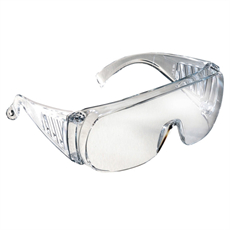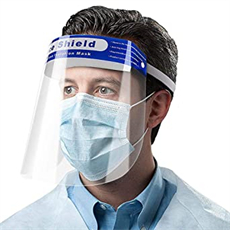Modern scrub technology has made significant advancements in stain resistance to help healthcare professionals maintain a clean and professional appearance while working in demanding clinical environments. Here are some key aspects of stain-resistant scrub technology:
- Fabric Selection: Stain-resistant scrubs are typically made from fabric blends that incorporate synthetic materials like polyester and/or spandex along with cotton. These fabrics are chosen for their ability to repel stains and resist absorption.
- Teflon and Nanotechnology: Some scrub manufacturers apply Teflon or nanotechnology treatments to the fabric’s surface. These treatments create a protective barrier that repels liquids and prevents them from soaking into the fabric.
- Hydrophobic Properties: Stain-resistant scrubs have hydrophobic properties, meaning they resist water and water-based liquids. When liquids come into contact with the fabric, they tend to bead up and roll off rather than being absorbed.
- Oil and Grease Repellency: In addition to resisting water-based stains, modern scrubs are often designed to repel oil and grease-based stains. This is particularly important in healthcare settings where various substances, including medications and ointments, may come into contact with uniforms.
- Easy Cleaning: Stain-resistant scrubs are typically easy to clean. Stains can often be wiped away or rinsed off without leaving a residue. This makes it easier for healthcare professionals to maintain a clean and professional appearance during their shifts.
- Durability: Stain-resistant technology doesn’t compromise the durability of the scrubs. These uniforms are designed to withstand the rigors of healthcare work, including frequent washing and exposure to harsh cleaning agents.
- Breathability and Comfort: While stain-resistant scrubs offer excellent protection against stains, they are also designed to be breathable and comfortable. Many feature moisture-wicking properties to keep healthcare professionals dry and comfortable throughout their shifts.
- Color Retention: Stain-resistant scrubs often have superior color retention properties, meaning they maintain their vibrant colors even after multiple washes. This helps nurses and other healthcare workers maintain a professional appearance.
- Environmentally Friendly Options: Some stain-resistant scrubs are designed with eco-friendly technologies that minimize environmental impact during production and use. This may involve using sustainable materials or reducing water and energy consumption in the manufacturing process.
- Antimicrobial Properties: In addition to stain resistance, some modern scrubs incorporate antimicrobial treatments to help reduce the growth of bacteria on the fabric. This can be especially beneficial in healthcare settings to promote hygiene.
Stain-resistant scrub technology has become a valuable feature for healthcare professionals, as it helps them stay clean and presentable while performing their duties in environments where stains are common. These advances in scrub technology contribute to both practicality and professionalism in healthcare settings.























